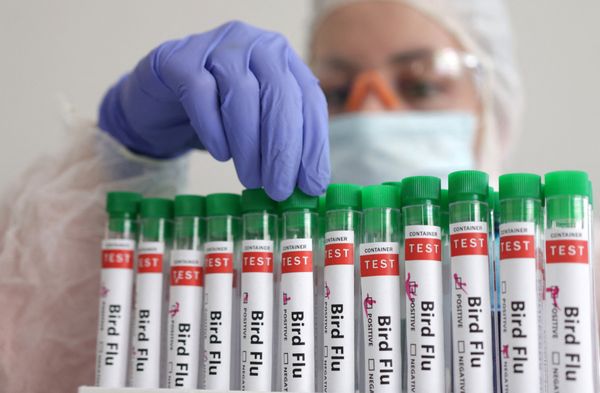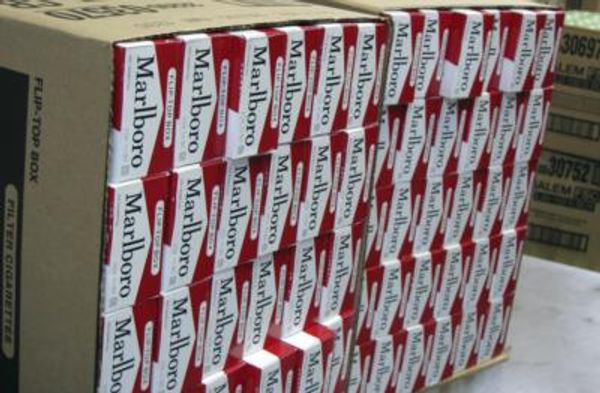
Capping a six-year, virtually trouble-free mission, Japan's Hayabusa2 spacecraft successfully sent a capsule back to Earth said to contain rock and sand samples from asteroid Ryugu, which it landed on twice.
The mission allowed Japan to show off its technological prowess in space exploration to the world, with aims now to further head to distant celestial bodies by using the technology and experience cultivated by the Hayabusa2 project.

-- A 0.0085-degree adjustment
The capsule landed in an Australian desert early Sunday after detaching from Hayabusa2 about 220,000 kilometers away from Earth.
"It hit the landing point precisely," said Yuichi Tsuda, the Japan Aerospace Exploration Agency (JAXA) project manager in charge of the operation of Hayabusa2.
The capsule landed within an oval target area 150 kilometers by 100 kilometers.
The project team set this area as the target on Nov. 26. To steer its course toward Australia, the team used the propulsion engine to slightly tilt its trajectory -- just 0.0085 degrees. Hayabusa2 was about 3.6 million kilometers away from Earth, but through precise control, the target area came clearly into sight.
The precision was so high that it could have targeted a spot on a ladybug one kilometer away.
On Ryugu, Hayabusa2 successfully landed within a target of between 6 and 7 meters in diameter, as the technology for high-precision control supported its safe exploration tasks and 5.24 billion-kilometer journey from start to finish.
-- Thorough preparation, training
Hayabusa2, which was launched in December 2014, was a vastly upgraded version of the original Hayabusa, which returned to Earth after a series of troubles. Based on the lessons learned, engine durability was improved and communication functions with the ground were boosted.
Through operational training prior to landing on Ryugu, the team gained a grasp of the spacecraft's capabilities and improved its ability to cope with trouble. Once Hayabusa2 came near the asteroid, the team dropped a robot onto it to thoroughly inspect the terrain and prepare for every contingency ahead of the spacecraft's landing.
Ryugu's surface was littered with rocks of all size, making the landing even more challenging than anticipated. But thanks to the careful advance preparation, Hayabusa2 cleared a series of task targets set prior to leaving Earth.
That raised the possibility that, if landing on the asteroid on the first attempt was a "100 on a scale of 100," then a "100-plus" could be achieved by also collecting samples from the surface.
-- Mars moon project
Behind its laudable series of achievements, the road leading up to the launch of Hayabusa2 was anything but smooth.
In a budget screening by the Democratic Party of Japan administration in power at the time, funds for development were drastically cut from the government's fiscal 2010 budget. The project was on the brink of being eliminated, but the miraculous return of the first Hayabusa breathed new life into the venture and about 28.9 billion yen was allocated.
With space exploration, it is difficult to put on a price on its contribution to society, and thus hard to secure sufficient funding.
"It's necessary to develop a strategy to make use of the precision landing technology verified by Hayabusa2 for various space exploration projects," said University of Tokyo Prof. Shinichi Nakasuka, a member of the government's Committee on National Space Policy.
Space exploration, in which a probe is sent to an asteroid or other distant object to bring back samples, is extremely challenging. Other than in cases of the moon, Japan and the United States are the only countries to have had successful missions so far.
JAXA's next goal is to gather samples from a moon of Mars called Phobos in a mission it has labeled as "MMX," for Martian Moons eXploration. JAXA aims to launch a probe in fiscal 2024.
"We have high hopes that the young members of Hayabusa2 will show their abilities in future projects such as MMX," said Hitoshi Kuninaka, director general of the Institute of Space and Astronautical Science.
Read more from The Japan News at https://japannews.yomiuri.co.jp/







